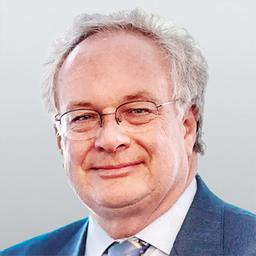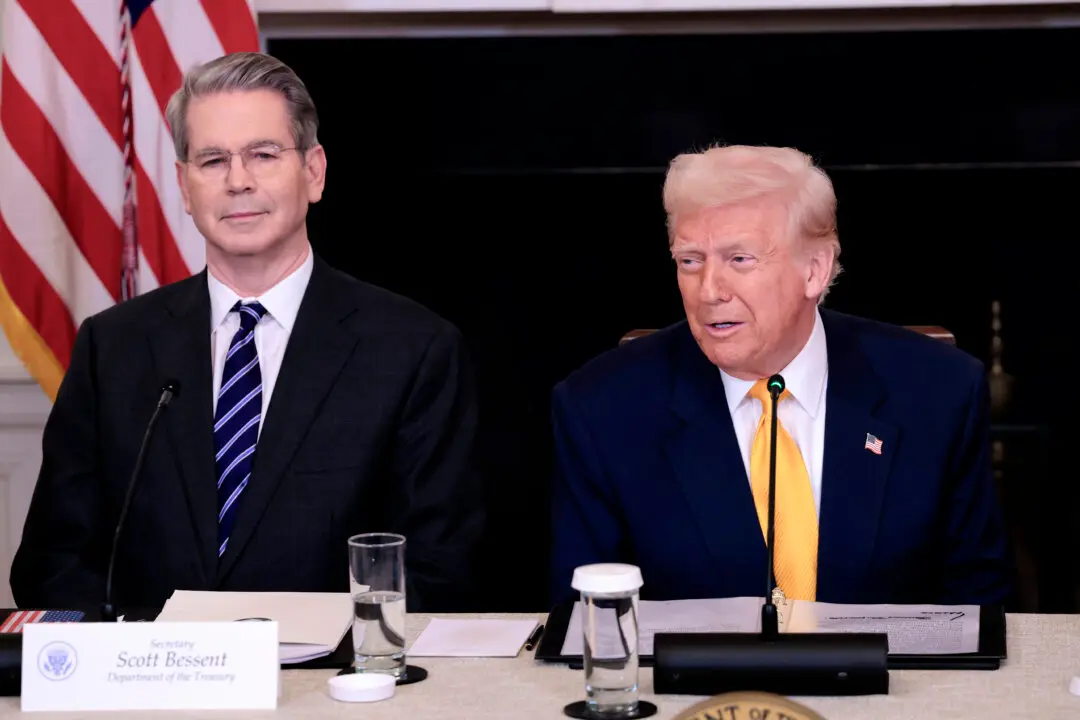Last Wednesday, the Federal Open Market Committee (FOMC) statement announced a surprising 0.5% key interest rate cut and signaled another 0.5% in rate cuts for the rest of this year (two 0.25% cuts in each of the November and December FOMC meetings). For the first time since 2005, this was not an unanimous decision, since Fed Board member Michelle Bowman voted for only a 0.25% rate cut. The immediate reaction was that the U.S. dollar declined, gold surged, crude oil rose, stocks rose, and Treasury yields declined. Ten-year Treasury bond yields have declined nearly a full point this quarter, from 4.72% on July 1 to 3.73% last Friday. The 2-year note has declined even further, from 4.77% on July 1st to 3.55% last Friday, or 122 basis points, so the Fed had to cut rates by 50 basis points to catch up.
We also got an updated “dot plot” survey of the FOMC members’ interest rate forecasts. They forecast 1% in key interest rate cuts in 2024 and another 0.75% in 2025. I should add that the Fed also forecasted that unemployment would rise to 4.4% this year, so it seems they are focusing more on their jobs mandate than their inflation mandate. Overall, this was a very bullish FOMC statement and a positive dot plot.
Chairman Powell took some criticism for saying that the economy is doing very well, which seemed to argue against his 50-basis-point cut, but he made it clear that the jobs picture was his main concern.
Here are the most important market news items and what this news means:
- The last week of September is typically characterized by quarter-end window dressing, as institutional managers make their portfolios “extra pretty” by pruning weak stocks and adding many of our fundamentally superior stocks. I should add that there is a new economic storm cloud forming since on September 30th, the International Longshoreman are threatening to have their 25,000 members walk off the job, which will cripple three dozen U.S. ports.
- October is a seasonally strong month and November is even stronger. Essentially, as the holidays approach, Americans are in a good mood and consumer spending tends to perk up.
- The Fed’s key interest rate cuts will serve as a “turbo boost” for overall economic growth and help boost the interest rate-sensitive sectors of the U.S. economy. Meanwhile, in an essay published on the Minneapolis Fed website, Fed President Neel Kashkari backed a full 1% cut in the Fed Funds rate this year. This is important since Kashkari has been one of the more hawkish members of the FOMC. Other Fed officials will be out and about this week, effectively selling the Fed’s interest rate policy.
- The primary uncertainty that persists is the political uncertainty surrounding the upcoming November Presidential election. It will be interesting if there is an “October surprise” that influences the Presidential election, such as more horrible incidents in Ukraine or the Middle East. In the wake of the exploding pager and radios, Israel has escalated its attacks on Hezbollah missile targets and hit hundreds of targets in southern Lebanon. Ukrainian President Zelensky visited a munitions plant in Pennsylvania and will be submitting his “plan for victory” to President Biden. The Biden Administration is preparing a new $375 million aid package for Ukraine.
- I remain convinced that whatever Presidential candidate wins Pennsylvania will win the electoral college and become the next President. The Biden Administration’s January ban on LNG expansion infuriated Western Pennsylvania, which has approximately 250,000 jobs related to fracking and processing natural gas for LNG exports. Although Kamala Harris says she is now in favor of fracking, the candidate that is the most sincere and believable is expected to win Pennsylvania.
- No matter who we elect as President, what makes America great is that we are blessed to be food and energy-independent, so Americans typically have more disposable income than other countries. Furthermore, our 50 states are very competitive with each other, so many Americans and businesses tend to gravitate to pro-business states, like Florida, Texas and Tennessee. The key to economic success will be for our leaders to boost the “velocity of money,” which is how fast money changes hands. Essentially, the faster money changes hands, the more prosperity rises.
- An aging society tends to hoard money, and the savings rate naturally rises as we get older. There is a growing concern around the world that central banks are losing control of the money supply, so more money is being diverted to gold. Interestingly, Costco now sells gold and is a fast-growing precious metal retailer.
Overall, I hope you feel good about America and realize that the U.S. remains the economic growth engine of the entire world. One reason is demographics, since unlike most of Asia and Europe which are characterized by shrinking households, the U.S. still has household formation from some pro-family regions (like the Mountain West and South), as well as robust immigration. Finally, the U.S. does a better job of assimilating immigrants than other countries.







